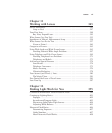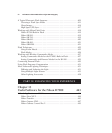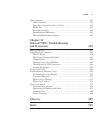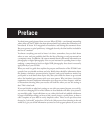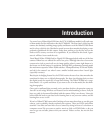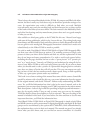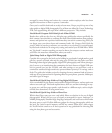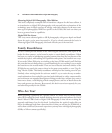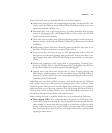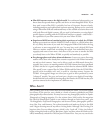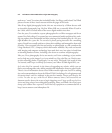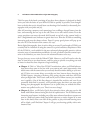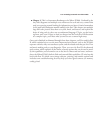From a functional level, you probably fall into one of these categories:
■ Professional photographers who understand photography and digital SLRs, and
simply want to learn how to use the Nikon D7000 as a backup camera, or as a cam-
era for their personal “off-duty” use.
■ Individuals who want to get better pictures, or perhaps transform their growing
interest in photography into a full-fledged hobby or artistic outlet with a Nikon
D7000 and advanced techniques.
■ Those who want to produce more professional-looking images for their personal or
business website, and feel that the Nikon D7000 will give them more control and
capabilities.
■ Small business owners with more advanced graphics capabilities who want to use
the Nikon D7000 to document or promote their business.
■ Corporate workers who may or may not have photographic skills in their job
descriptions, but who work regularly with graphics and need to learn how to use
digital images taken with a Nikon D7000 for reports, presentations, or other appli-
cations.
■ Professional webmasters with strong skills in programming (including Java,
JavaScript, HTML, Perl, etc.) but little background in photography, but who real-
ize that the D7000 can be used for sophisticated photography.
■ Graphic artists and others who already may be adept in image editing with
Photoshop or another program, and who may still be using a film SLR (Nikon or
otherwise), but who need to learn more about digital photography and the special
capabilities of the D7000 dSLR.
Addressing your needs from a skills level can be a little trickier, because the D7000 is
such a great camera that a full spectrum of photographers will be buying it, from
absolute beginners who have never owned a digital camera before up to the occasional
professional with years of shooting experience who will be using the Nikon D7000 as
a backup body. (I have to admit I tend to carry my D7000 with me everywhere, even
if I intend to take most of my photos with another camera.)
Before tackling this book, it would be helpful for you to understand the following:
■ What a digital SLR is: It’s a camera that shows an optical (not LCD) view of the
picture that’s being taken through the (interchangeable) lens that actually takes the
photo, thanks to a mirror that reflects an image to a viewfinder, but flips up out of
the way to allow the sensor to be exposed. Today, such cameras also offer an optional
Live View feature if you want to preview your images on the LCD, especially when
prepping to shoot movies.
Introduction xxi



